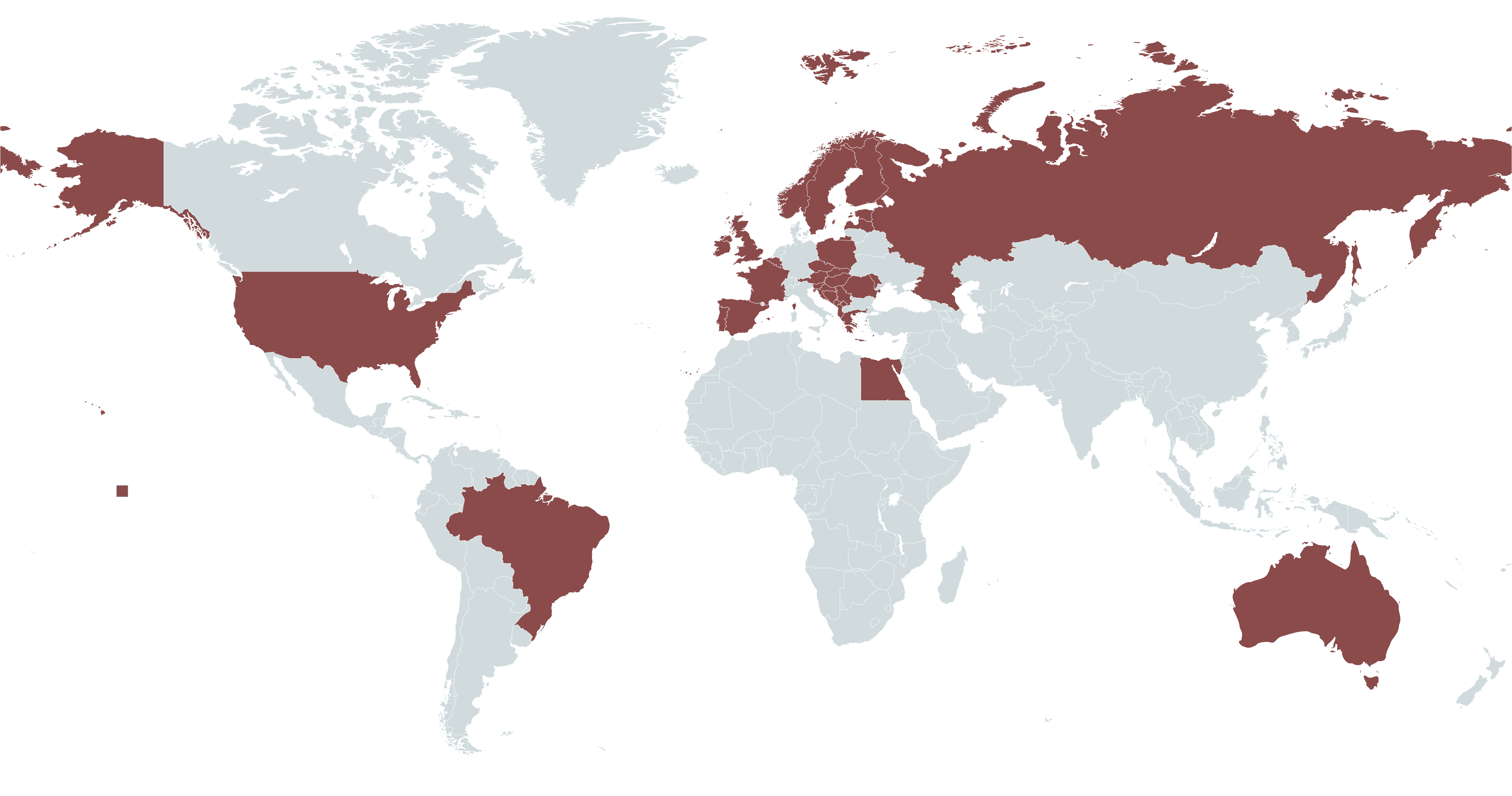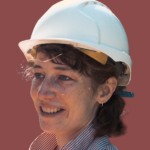What is the training about?
Since when?
Since 1999, the educational programmes offered by Transylvania Trust have included built heritage conservation trainings, and since 2001, their permanent location has been Bánffy Castle, Bonțida. The Built Heritage Conservation Trainig Centre, which facilitates this activity, opened in the castle in 2005.
How?
The centre promotes a policy of minimal intervention, compatibility of techniques and materials, and the use of local resources in historic building repair. It also promotes a philosophy of analysing, understanding and recording historic buildings before and during intervention. It supports an integrated approach to the restoration of historic buildings.
With whom?
Since the conservation of the historical environment requires the cooperation of many professions, in addition to the usual practical training, it also provides field training for landscape architects, art historians and archaeologists. The centre supports the real cooperation between craftsmen, construction site managers and designers, considering it important to respect and recognise craftsmanship.
Why?
The main purpose of the centre is to promote excellence in the conservation of the historic environment and specifically to teach traditional building craft skills which can be utilised in the repair and maintenance of historic buildings and, in parallel, to restore an endangered historic building of major significance.
With whom?
Since the conservation of the historical environment requires the cooperation of many professions, in addition to the usual practical training, it also provides field training for landscape architects, art historians and archaeologists. The centre supports the real cooperation between craftsmen, construction site managers and designers, considering it important to respect and recognise craftsmanship.

VAlami cim
The training consists of two-week modules, offering a theoretical and practical understanding of the care for the historic environment. Emphasis is placed on the practical training of the students, who are directly involved in the restoration of the castle through their activities in the masonry, carpentry, joinery, furniture restoration and stone carving workshops. Since 2011, the practical training offer has been enriched: students can now learn about the use of lime and decorative techniques (fresco, sgraffito, stucco marmorino). The workshops are led by craftsmen from Romania.

Menetrend
At the beginning of the modules, the participants receive theoretical education regarding the principles and methods of built heritage conservation. The lectures are held by university lecturers and heritage conservation specialists from Romania and abroad. In addition to construction industry workers, in recent years the focus has been on students (mainly in architecture and civil engineering, but also in archaeology and art history), who complete their summer practice within the framework of the programme.


The stake of the future
Their training is particularly important, as in the future these highly qualified professionals will be the ones that design and manage the restoration and maintenance of architectural heritage.
Transylvania Trust, together with Babeş-Bolyai University in Cluj-Napoca, has been organising since 1998 a postgraduate course in the field of built heritage conservation, the students of which also receive practical training at Bonțida. Those who successfully complete the postgraduate course, receive a certificate recognised by the Ministry of Culture, which is now widely accepted by the Romanian restoration industry.
Achievments
In numbers
So far more than 3000 participants from 32 countries (Romania, Hungary, Austria, Luxembourg, Egypt, Slovakia, Slovenia, Czech Republic, Poland, Estonia, Sweden, Latvia, France, Belgium, Kosovo, Montenegro, Albania, Serbia, Bosnia and Herzegovina, Croatia, Russia, Finland, Ireland, the United Kingdom, Brazil, Australia, the United States of America, Greece, Republic of Moldova, Norway, Spain, Portugal) have received training in Bonțida. In terms of their professional background, the students cover all areas related to built heritage conservation.


Professional recognitions
The vocational training programme won the European Union’s most prestigious heritage protection award in 2008: the Europa Nostra Grand Prize. The dual nature of the programme, combining education with practical restoration work on the castle, played a significant role in winning this award.
In 2021, the Foundation received the Romanian National Cultural Fund Administration (AFCN) Award for innovative solutions in heritage promotion. The same year, at the Romanian National Biennial of Architecture, it was awarded the grand prize in the Architecture Summer Schools, Creative Camps section for the restoration of a sail vault in the former stables of Bánffy Castle, Bonțida.

Discover the various building crafts
Stonemasonry
Traditional joinery and furniture restoration
Masonry and mural decoration techniques
Stonemasonry
Stone has been used at Bánffy Castle, Bonțida, in four principal situations: in the construction of its walls, as a protective cladding material, for window and door/portal frames, and in its statuary or other carved decoration. Therefore, the stonemasonry workshops focus mainly on carving new stone elements to complete existing frames or other architectural elements, as well as on using stone restoration techniques. The general principle followed is one of maximum retention of existing material and of compatibility where replacement and repair is required. The participants start the activity by getting acquainted with the specific tools and materials (in this case limestone) they will be working with for two weeks, after which the actual work begins, guided by specialised craftsmen at each stage. Most of the created pieces are used in the castle.
Traditional joinery and furniture restoration
Traditional joinery is essential for preserving built heritage, as it ensures the authenticity of historic buildings while maintaining craftsmanship techniques passed down through generations. The joinery workshop at Bánffy Castle tries to preserve the specific knowledge of this craft through its activities organised during the conservation trainings. In addition, techniques for restoring and refurbishing old furniture are taught, which the workshop’s participants can apply after returning home. During the workshop, they are introduced to the tools and techniques of the trade, such as the specific joints, learn about the characteristics of wood, and acquire knowledge about techniques for restoring and refurbishing traditional furniture pieces, such as, for example, colour integration for new wood used during repairs.
Masonry and mural decoration techniques
As the restoration of Bánffy Castle, Bonțida, promotes the principles of minimal intervention, compatibility of materials and the use of local materials, the masonry workshop operates with lime putty, sand, brick and stone throughout the interventions. At the beginning of the activity, the participants are introduced to the tools and materials they will be using for two weeks and follow the explanations and demonstrations given by the craftsmen. This is followed by group work in various parts of the castle, the aim being for each participant to try out each of the techniques during the workshop: historic masonry consolidation and repair, restoration/reconstruction of arches and vaults, rendering, limewashing, etc. A special focus is given to the mural decoration techniques workshop, where participants are trained in the creation of specific wall decorations such as fresco, sgraffito or stucco marmorino.
Remek videó a restaurálásról
Lorem Ipsum is simply dummy text of the printing and typesetting industry. Lorem Ipsum has been the industry's standard dummy text ever since the 1500s, when an unknown printer took a galley of type and scrambled it to make a type specimen book. It has survived not only five centuries, but also the leap into electronic typesetting, remaining essentially unchanged.
Testimonials

Mirună
I like that everything here is very well restored. Everything they have done is quality work.

Lisa
I work with historical buildings, but I also do a lot of administrative work. So, I don't have much technical knowledge. This program helped me better understand and appreciate these buildings.

Robert
I learned how to carve and appreciate the work of the mason and stone carver in a different way.

Olga
I think it’s completely magical.
Are you ready for a challenge?
Contact
- Address: Str. Breaza 14/A, Cluj-Napoca
- Phone: +40 745 141 540
- Email: bhct@transylvaniatrust.ro
- +40 745 141 540
- +40 264 439 858
- Breaza street 14/A, Cluj-Napoca
- bhct@transylvaniatrust.ro

Our other websites:
- +40 745 141 540
- +40 264 439 858
- Breaza street 14/A, Cluj-Napoca
- bhct@transylvaniatrust.ro

Our other websites:
- The project does not necessarily represent the position of the National Cultural Fund Administration. AFCN is not responsible for the content of the project or how the results of the project may be used. These are entirely the responsibility of the beneficiary of the funding.
Copyright © 2024 Transylvania Trust.
Copyright © 2024 Transylvania Trust.
